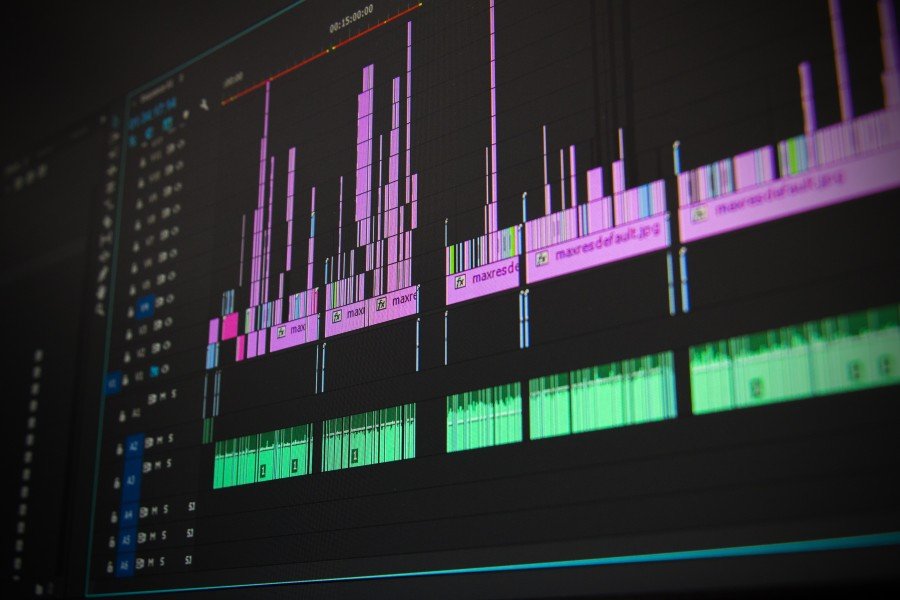Post-Production Pain Points: #1 - Staffing
Pixabay (2016)
INTRODUCTION
Virtually every company today is a video content company. From corporate presentations to online learning, product sizzles to music videos, and YouTube shorts to streaming series, we are awash in video content to consume. All share common goals for the companies that produce them – attract, acquire, inform, entertain, retain and, ultimately, monetize consumers.
And virtually every one of these companies experiences a range of pain points in the post-production operations needed to bring video to market. These include, but aren’t limited to, questions about staffing, workflow, technology and distribution. Understanding clearly the challenges of post-production, and making rational decisions about how to achieve the desired goals, are often over-looked or under-considered, leading to delays, excessive spending, and all too often, a less-than-stellar experience for company and consumer.
CHALLENGE #1: STAFFING
In order to help facilitate the conversations that need to happen between content companies and post-production professionals, I’d like to focus first on staffing.
For some content creators, post-production consists of little more than turning raw video footage over to an editor and waiting for the magic to happen. But the list of potential post-production steps – ingesting content, setting up the project, video editing, color correction, visual effects, motion graphics, sound design, audio mixing, captioning, quality control and delivery – suggests that this may not be the best approach.
Most editors with whom I’ve worked are exceptionally creative and endlessly resourceful. However, not every editor is, or can be, a jack-of-all-trades. This is not to suggest that the answer to every post-production challenge is to throw more bodies and money at it. But proper planning at the start of a project can avoid problems further down the line. Utilizing an editor for what he or she is best trained to do, and allocating a portion of the budget to other craftspeople, may help manage an editor’s hours more efficiently, and save both time and money as the project reaches completion. To use just one example, a motion graphics artist will likely be able to create an opening logo animation or other on-screen graphics faster, with a wider set of software tools and with a more experienced eye, than a video editor. If that additional resource frees up the editor to focus on getting final sign-off even a little sooner, it’s entirely possible to get a better product in a shorter amount of time, without over-spending.
Another staffing concern exists with support personnel, the team that may not directly create the visuals or sounds of a video but are essential in getting it to market. If a video needs multiple rounds of approval – directors and producers, as well as network, studio or corporate executives – a coordinator or project manager might be vital. Here too, the impetus isn’t to over-spend, but to spend wisely. An editor’s time should be used editing, not chasing approvals and collecting edit notes. A coordinator, typically at a lower hourly rate, can ensure that the correct versions are reviewed and approved, the right notes are provided to the editor, and the timelines of other craftspeople align with needs for final approval and mastering.
CONCLUSION
Properly staffing for post-production begins with a thorough understanding of the needs of a project, the expectations for the final delivery, the available budget and the necessary timeline. An initial kick-off meeting is invaluable in helping a post executive or supervisor staff the project right and do as much as possible up front to ensure a smooth and successful process. The unexpected will almost always happen, but a solid foundation is essential to prepare for what is to come.
Want to talk more about staffing needs or other post-production challenges? Questions about building a team in-house vs. outsourcing, staff vs. freelance, how to expand vs. how to resize? I’m here to help you solve your post-production pain points. Let’s talk!
